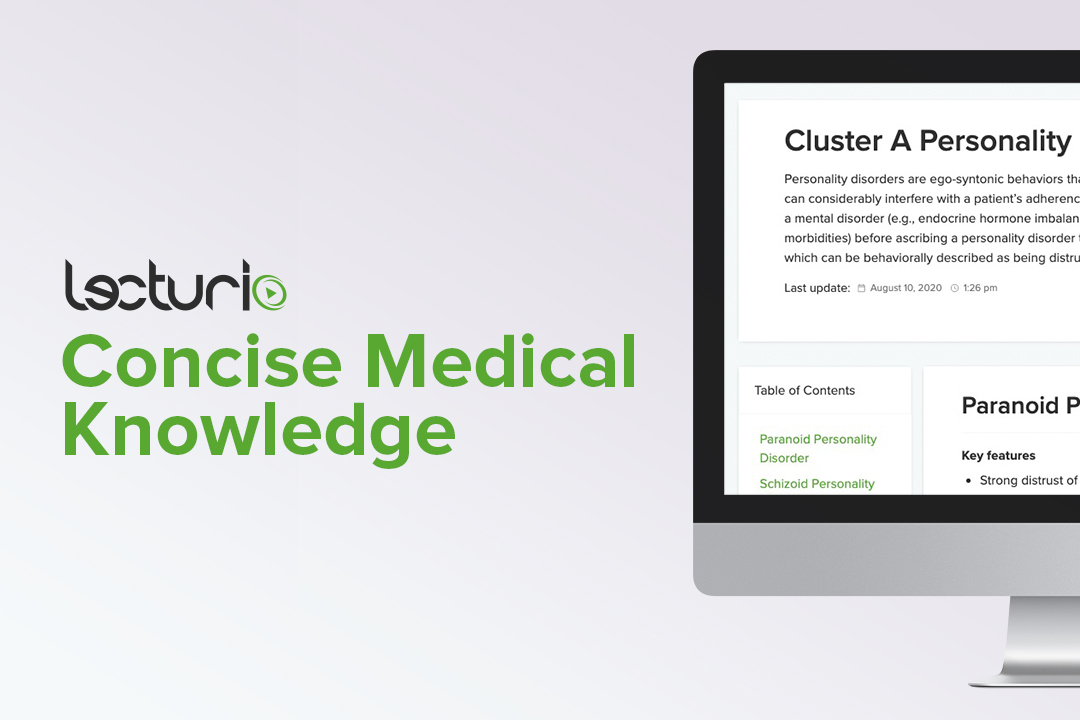Playlist
Show Playlist
Hide Playlist
Self-Concept, Self-Identity and Social Identity (PSY)
-
Slides SelfConceptSelfIdentitySocialIdentity SelfIdentity.pdf
-
Reference List Psychology and Sociology.pdf
-
Download Lecture Overview
00:00
Let’s talk about what you think about yourself.
And how do you think about yourself?
These are notions of self-concepts,
self- identity and social identity.
00:10
Self-concept or self-identity,
those terms are used interchangeably.
00:15
It’s defined as the sum of an individual’s
knowledge and understanding of self.
00:21
That’s a little bit different than self-consciousness,
which is the awareness of one’s self.
00:25
So you know who you are with self-consciousness.
00:28
But self-concept or identity talks about specific
individual traits that you think you might have.
00:35
So self-concept includes things like
physical, psychological and social attributes
that it attributes to yourself.
00:41
So individuals have beliefs about themselves.
00:44
And this is the terms that you’ll need
to know called Self-schemata, okay.
00:48
This are representations that you have of yourself
based on those different properties of
physical, psychological or social attributes.
00:58
Self-concept can be split into two broad bins.
01:02
The first being Personal identity.
01:04
And this is your own, one’s own sense of
personal attributes.
01:08
So do you think you are smart? Do you think
you are funny? Do you think you are athletic?
So you’re now attributing
specific attributes to yourself.
01:17
Versus Social-identity,
which is social definitions of who you are.
01:21
So what is your gender, race, religion?
What job do you have?
These things define your social-self
versus the personal identity is more specific
to your personal attributes.
01:30
Now, let’s take a look at
Different Aspects of Identity.
01:36
And I know, we love acronyms.
01:38
And this is going to really help you to study.
But we use the acronym of ADDRESSING.
01:42
Or we’re going to go through each letter
of what it stands for.
01:44
And now I’m hop in to kind of understand
and memorize all the things
that you need to know for the MCAT.
01:49
What are the first things that will help
identify you are things like your age.
01:54
Are you really, really young?
Are you really, really elderly?
Or are you just in the middle?
Disability status
Religion
Ethnicity or race
Sexual orientation
Socioeconomic status
And these refers to sort of,
where do you fall in the ladder of society?
Are you a blue collar worker with minimal education?
Are you somewhere in the middle?
Are you highly educated?
Or are you a professional or a little more affluent?
These things we call Socioeconomic status.
02:22
And they play huge role and a lot of
different variables I will talk about
in this section and others.
02:28
Indigenous background
National of origin or nationality
Gender
These all have a key role in helping
describe and define your identity.
02:42
What we have here is a summary table
we’re going to go through.
02:46
And it’s kind of look at the different points
that we just brought up for
the ADDRESSING Framework.
02:51
And we’re going to look at
the groups in this example that
have power versus those who have less power
for that specific identifier.
02:59
So these are sort of generalizations. And they’re not
meant to stereotype but they’re meant to help
at least identify that the broader range that
you can have within each of this characteristics.
03:10
So for example, adults tend to have
more power in terms of identity
versus young children even adolescence
and even elders, okay.
03:19
So it’s that middle group of let’s say,
roughly, 30 to 60,
would be more powerful than
young children, adolescence, or the elderly.
03:31
Temporarily abled-body versus
person with disability.
03:36
We say temporarily, 'cause at some point
you’re going to transition to becoming
I don’t want to say disable
but have some disabilities.
03:43
Religion
Christians versus Jews,
Muslims and other non-Christians
which are in a lot situation identified as
visual minorities in terms of religion
and this is probably your Eurocentric or U.S. centric.
03:59
So that’s why somebody is might not aligned with
based on where you’re watching this.
04:04
Ethnicity and race
So you’re American versus people of color,
Heterosexuals versus gay men, lesbians and bisexuals.
04:11
Socioeconomic status
owning being within the middle class
and having education, having a good job
versus being poor and being with a working class,
being non-native versus being native,
being U.S. born versus being an immigrant or refugee,
being male versus female, transgender, intersex.
04:31
So I went kind of quickly 'cause
I don’t need you to sort of memorize this.
04:35
This is to highlight the fact
that based on these characteristics
you can have those who kind of fall
higher up in terms of power
versus those who are lower on the scale.
04:45
And this is going to be very individual.
04:46
It’s going to be very regional specific.
04:48
Where are you base? what country you are in?
What’s your cultural community look like?
Right now, we were going more from the U.S standpoint.
04:56
But you can see how there is this difference.
About the Lecture
The lecture Self-Concept, Self-Identity and Social Identity (PSY) by Tarry Ahuja, PhD is from the course Self-Identity.
Included Quiz Questions
What describes an awareness of one's self?
- Self-consciousness
- Self-concept
- Self-identity
- Self-schemata
- Personal attributes
Which characteristic is an example of a personal identity?
- Friendly
- Female
- American
- Paralegal
- Christian
Customer reviews
5,0 of 5 stars
| 5 Stars |
|
5 |
| 4 Stars |
|
0 |
| 3 Stars |
|
0 |
| 2 Stars |
|
0 |
| 1 Star |
|
0 |




